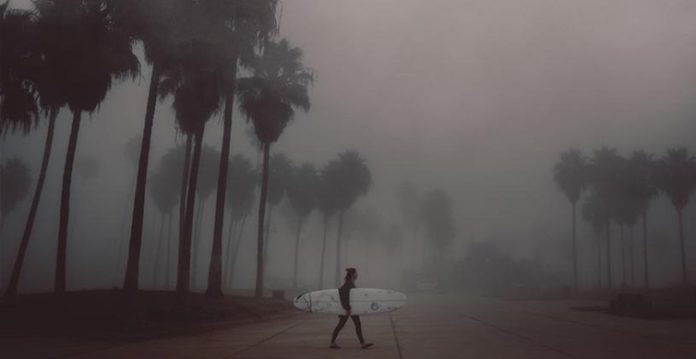Every winter, smog-filled days and nights across entire north India are a common thing and by contrast, the western region looks much cleaner.
However, a new analysis of regional air pollution levels by the Centre for Science and Environment (CSE) has shown that proximity to the sea has not helped in containing the increasing air pollution in the financial capital, Mumbai.
Even though winter pollution levels in the western region are not as high as that seen in the Indo-Gangetic Plains due to its proximity to the sea and improved ventilation, the levels have been seen to be increasing despite the geographical advantages and favourable meteorology, the CSE analysis said.
In other words, increasing air pollution is not restricted to winters but is now an yearlong problem in Mumbai too.
“The number of bad-air days in Mumbai have doubled between 2019 and 2021, while good days are down by 20 per cent. This underscores the urgency of scaling up action across all sectors to prevent further worsening and to arrest the trend in this region,” executive director, research and advocacy, CSE, Anumita Roychowdhury said.
This new analysis, released on Wednesday, of real-time pollution data is part of CSE’s air quality tracker initiative and also has an assessment of annual and seasonal trends in PM2.5 concentration for the period January 1, 2019, to January 9, 2022.
This analysis is based on the real time data available from the current working air quality monitoring stations. Review of data availability from the automated monitoring stations in the region under the continuous ambient air quality monitoring stations (CAAQMS) programme of Central Pollution Control Board (CPCB) shows major data gaps. When it comes to data availability calculated as number of days with adequate PM2.5 data for computation of a valid 24-hour average, among Mumbai stations, Kurla in east-central Mumbai had only 55 per cent data while Malady (West) in north Mumbai came up with 68 per cent.
“It is not clear why these stations have such poor data availability despite minimal problems of electricity and internet connectivity in the region,” said CSE’s programme manager, Urban Data Analytics Lab, Avikal Somvanshi.
ALSO READ: Delhi Pollution Control Committee Issues Notice To Over 2k Sites For Burning Garbage Openly
Like other cities in Maharashtra and Gujarat, studied as part of the same analysis by CSE, Mumbai too has indicated a rising trend in annual PM2.5 levels after an initial drop during 2020 (when there were lockdowns) with a rebound and a rising trend visible in 2021.
The CSE analysis to indicate that the number of bad-air quality days are increasing in Mumbai is supported with Air Quality Index (AQI) data. Daily AQI analysis based on 10 oldest stations shows a 20 per cent drop in the number of good AQI days in the city between 2019 and 2021 — while days with poor or very poor AQI have doubled.
South Mumbai has the worst air within the city during winter: In December 2021, the stations in south Mumbai reported significantly higher PM2.5 levels compared to the rest of the city.
Mazgaon with a monthly average of 134 micrograms per cubic metres was the most polluted neighborhood of the city, followed by Navy Nagar, Colaba (124 micrograms per metre cube), Kurla (101 micrograms per metre cube), Vile Parle-West (101 micrograms per metre cube) and Worli (97 micrograms per metre cube).
Khindipada, in north Mumbai, which is at the edge of Sanjay Gandhi National Park in the suburbs with a monthly average of 54 micrograms per metre cube was the least polluted neighborhood. Bandra and Malad (West) reported low numbers, but the values are not considered valid due to a significantly large amount of missing data from these two stations, the CSE analysis showed.
(This story has been sourced from a third-party syndicated feed, agencies. Raavi Media accepts no responsibility or liability for the dependability, trustworthiness, reliability, and data of the text. Raavi Media management/ythisnews.com reserves the sole right to alter, delete or remove (without notice) the content at its absolute discretion for any reason whatsoever.)


